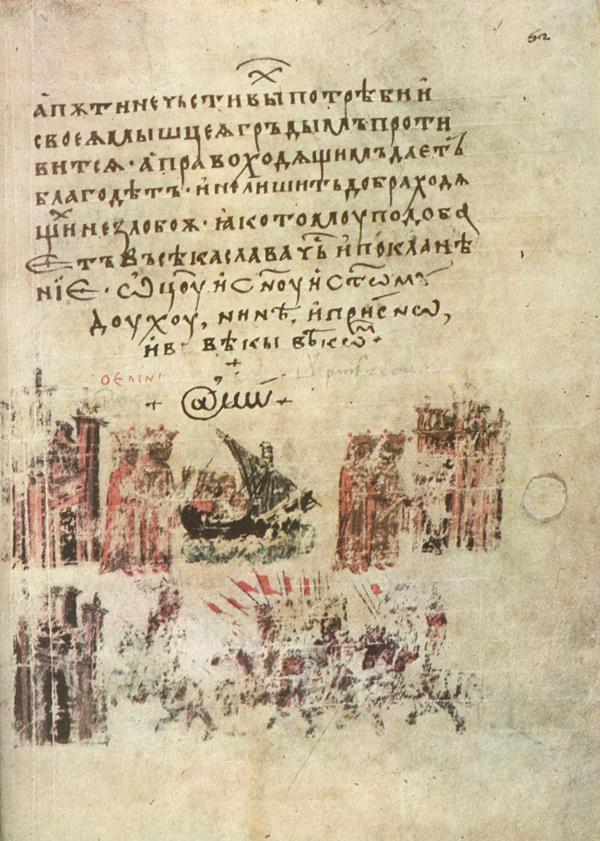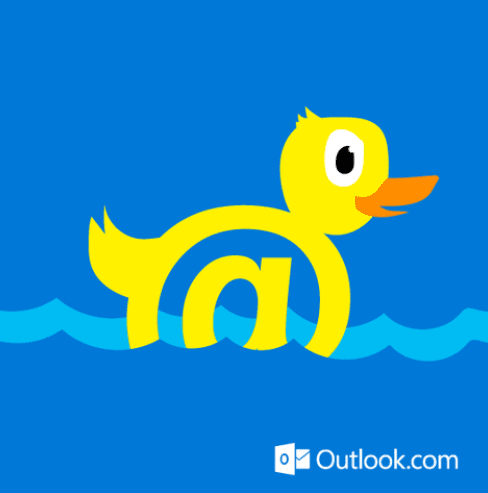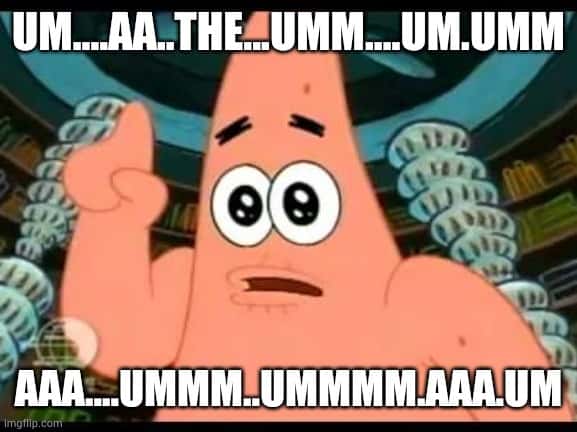The first use of @ sign was in 1345, no one knows why

There is no English word for the ‘at sign’
An @ was about 25 lbs
The French call it an Arobase, which came from Spanish speakers’ ‘arrobas’ and has been used since 1088. The at sign was originally used to measure weight. The word ‘arrobas’ came from the Arab word; الربع (arroub) meaning ‘quarter’, as in, a quarter of a ‘quintal’ which was an historical measurement equalling about 100 old pounds in weight. So an an arrobe was about 25 lbs.
e.g. @1 sugar = 1 arobba (or about 14kg) of sugar
Monkey tail, snail, or a little dog curled up – How do you see it?
The Germans sometimes call it a Affenklammer/Klammeraffe/Affenschwanz meaning ‘spider monkey’ or ‘monkeys tail’. They see it as a spider monkey in a tree with its long tail wrapped around it. But other languages have their own interpretations.
- Afrikaans/Dutch – aapstert – monkey tail
- Armenian – shnik – puppy
- Bosnian – ludo a – crazy A
- Bulgarian – klyomba – a badly written letter
- Czech – zavinac – rolled pickled herring
- Iceland – fílseyra – elephant’s ear
- Danish/Swedish – snabel-a – elephant’s trunk
- Finnish – kissanhäntä – cat’s tail
- Hebrew – strudel
- Russian – sobacka – dog (lying with its tail wrapped around it)
- Hungarian – kukac –worm
- Italian – chiocciola – snail (also the French sometimes call it petit escargot)
- Greek – papaki – little duck
- Taiwanese – xiǎo lǎoshǔ – little mouse

@ = At the price of
Since the middle ages the @ was used by merchants in Spain as a way of saying ‘at the price of,’ e.g. 6 avocadoes @ £1 each. This usage later spread to the rest of Europe and is still sometimes still used today. In the UK it was used in this manner as late as the 1960s, with shops showing signs such as; Cabbages @ 3d (Cabbages are 3 shillings each)

English-speaking Indians often still call the @ sign ‘at the rate.’ So they might say; “my email is alipatel ‘at the rate’ gmail.com.” Perhaps because Indian English is closer to old English?
I am frequently asked why I chose the at sign, but the at sign just makes sense.
The purpose of the at sign (in English) was to indicate a unit price (for example, 10 items @ $1.95). I used the at sign to indicate that the user was “at” some other host rather than being local.
Ray Tomlinson, inventor of email
Origin of the @ symbol
One theory is that, from the sixth century, monk scribes used ‘ad’ (latin for ‘near’ or ‘toward’). But in Uncial script, the letters ran into each other to form the @ sign.

Earliest recorded use is still a complete mystery
In 1345 a Roman wrote the history of the world from its creation up to 1081. Manasse’s Chronicle featured 7,000 lines of political verse and was very popular. When it was translated into Bulgarian the translator used an @ symbol on one of the pages.
The featured image is a photo of the original manuscript, held in the Vatican. You can see that the scribe used the @ sign as the first letter of ‘Amen’. No-one knows why, or if it meant something. Perhaps it was just an artistic flourish?
Sources
https://en.wikipedia.org/wiki/At_sign#History
www.abendblatt.de – Why is the at sign called ‘spider monkey’?
https://fr.wikipedia.org/wiki/Onciale
https://fr.wikipedia.org/wiki/Arobase
BBC News – The mystery over the @ sign
Guardian UK – Notes & Queries – Does the symbol @ have a name? If not, any suggestions?






